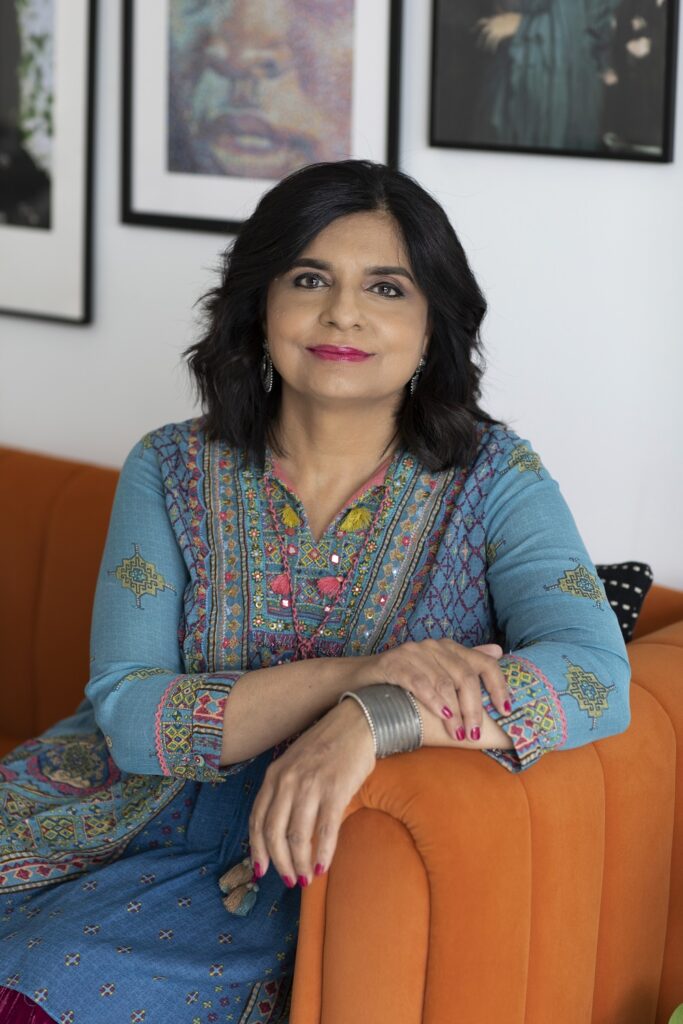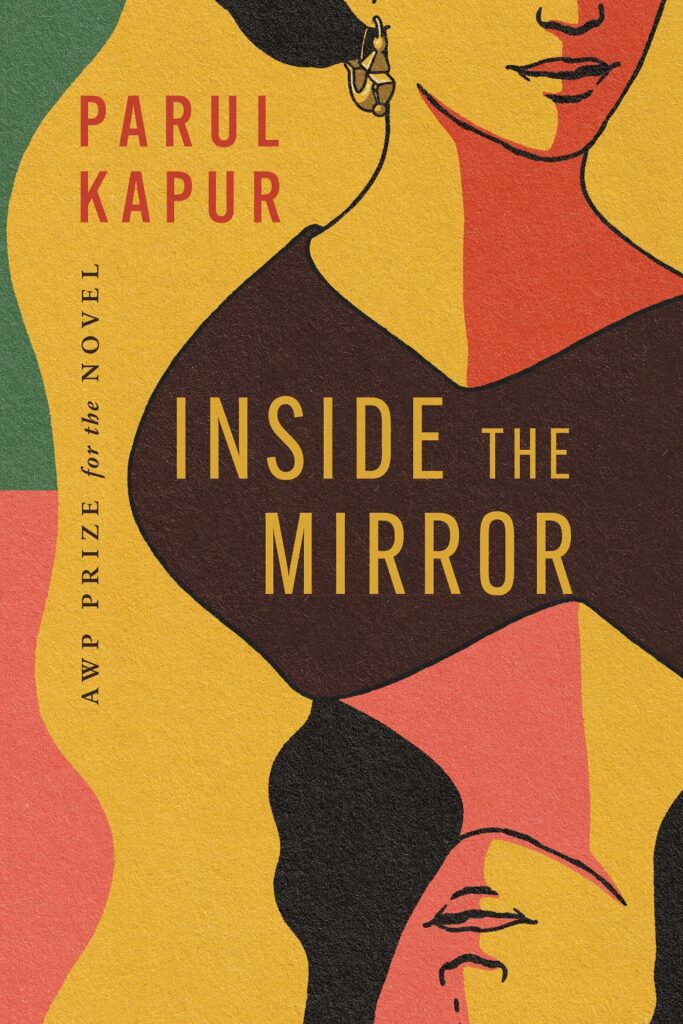Parul Kapur always knew she wanted to be a writer.
Journalism was the practical side of her career, the part that paid the bills. But Kapur had a creative side as well. She started writing short stories as a student at Wesleyan University, all set in her native India, even though she left the country at the age of seven.

Kapur followed up her English degree with a masters of fine arts from Columbia University. Over her career, she worked as a press officer at the United Nations, editor at Travel & Leisure, and reporter for Bombay magazine. She’s written for The Atlanta Journal-Constitution, The New Yorker, Esquire, GQ, and others. Her short stories have appeared in Ploughshares, Pleiades, Wascana Review, Prime Number and other outlets.
Through it all, the seeds of a novel were germinating. Although Kapur started it in the late 1980s, it took close to 40 years – until March 2024 – to complete and see it published. Set in 1950s Bombay (now Mumbai), India, the book, Inside the Mirror, focuses on visionary twin sisters, Jaya and Kamlesh Malhotra, who aspire to become artists in a society that denies women the freedom to shape their own lives. It won the 2024 AWP Prize for the Novel, an annual competition sponsored by the Association of Writers and Writing Programs.
In a February presentation to ASJA’s Southeast chapter, Kapur discussed what inspired the book, why she stopped working on it – and picked it up again, and how she honed the original 195,000-word manuscript to a more publishable length. Her remarks have been edited for length and clarity.
What prompted you to set Inside the Mirror in Bombay?
From early on, I only was interested in writing stories set in India, even though I didn’t live there. It was like, my consciousness was there, even though my body was here. I started my novel during my MFA, after I spent a year working for a city magazine in Bombay. That experience made a very strong impression on me. I knew I would write about it in some way.
Where did you draw inspiration for characters and settings?
One sister is a dancer. I was inspired by a story I did for Bombay magazine on a colony of dancing girls. I discovered them while I was taking a bus ride. Looking into these very shabby apartments, there were very beautiful-looking women, and glass chandeliers, and it was just intriguing. One day I went there, and people told me it’s where the mujra dancers lived. Mujra is a particular kind of dance that used to be done in the princely courts, which were destroyed with British rule. The women performed at people’s weddings. It was a traditional kind of dance, but basically, they had almost become like prostitutes. I did a story explaining how they were carrying on their art, but in a very degraded form. They had a huge emotional impact on me. I felt so bad for them. They were trapped in this old tradition. There was no real esteem anymore to that tradition, and, yet, they had no other way to live.
The other true story in my novel is about a slum colony that sat between two military installations in Bombay. The people in the slum colony were trying to get water or electricity. A local politician who took me around told me he was “taking care of their problems.” But he hadn’t because they still had no water or electricity. That colony also had a huge emotional impact on me. In my book, the slum colony appears as a remote slum on top of a hill that houses factory workers.

How long did you work on the book?
I can’t remember exactly when I began, I’m going to say 1986 or 1987. The very early version of the novel was my thesis for my MFA program at Columba. I did not work daily on it for the last 37 years or I would be bonkers by now. I did put a lot of time and effort into it for at least 20 years. I realized for me, working a full-time job was not conducive to writing. I couldn’t come back at the end of the day and work on the novel.
What prompted you to revive it?
Around 2020, I noticed that friends were submitting novels to contests and winning and getting their novels published. So I thought, “Well, I could try to do something like that.” But there was almost no contest I could enter. My novel was 195,000 words, and most contests had word limits of 100,000. I entered the AWP Prize for the Novel because I noticed it had no word limit. I got the great news in July 2022 that I won.
The University of Nebraska Press was going to publish your book but you had to trim it to 120,000 words first. What was that like?
I got a really good freelance editor who did red pen on paper and sent me the paper copy. Then I went to work. I used a lot, but not all, of her changes. After that, I hired a line editor to go through it again. That led to four months of intense revisions: rewriting, going through it with the line editor, and sending the first version to the publisher. Their editor had very, very few edits – I could do the edits in like, a day, at most. So I was like, “Wait a minute. Shouldn’t it be edited more?” even though I had just gone through all the edits. I changed it a little bit more, and their copy editor also had some things. So I felt good about that. And then there was the proofreading stage, where we finalized it.
Learn more about Kapur and Inside the Mirror on her website.
For more than 20 years, Karon Warren has covered numerous topics including travel, personal finance, lifestyle, insurance, and more for USA Today, USA Today’s 10 Best, CruiseCritic.com, Kiplinger, U.S. News & World Report, among other outlets. Warren’s first book, “100 Things to Do in the North Georgia Mountains Before You Die,” was published in September 2022 by Reedy Press. She’s been an ASJA member since 2011; in 2021, the organization awarded the ASJA Exceptional Service Award to Warren and six other members for their work fighting anti-freelance legislation.

